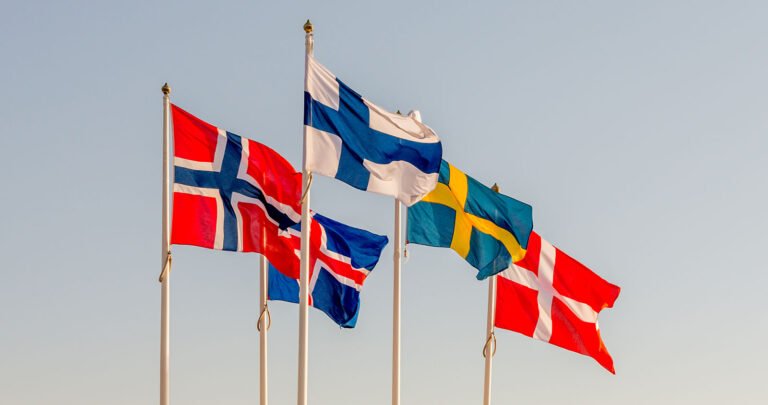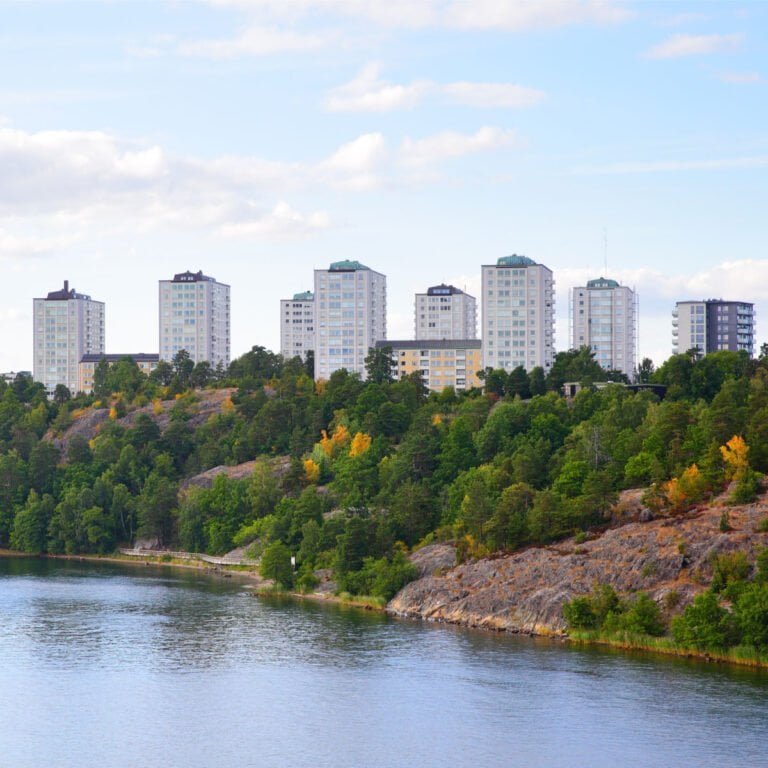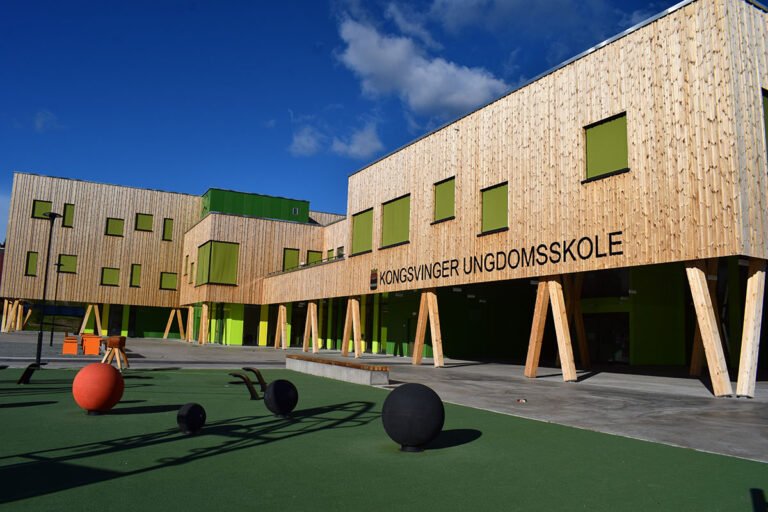Discover trends, facts and figures about immigration to Norway and the wider Nordic region.
Norway and the other Nordic countries are very attractive places to live. Denmark, Finland, Iceland, Norway and Sweden frequently top standard of living rankings and are considered especially good places to raise a family.

Perhaps it's no surprise then that all Nordic countries have experienced net immigration almost every year since 1990. The population growth has been driven largely by European agreements but also various refugee crises over the years.
Right now, immigration is once again in sharp focus. The Ukraine crisis has led Norway's prime minister to say he wants to work with the other Nordic countries on a solution to take refugees from Ukraine.
Thanks to a new report from Statistics Norway based on Nordic comparative data for migration and integration from the Nordic Council of Ministers, we now understand a lot more about the current state of immigration across the region.
An immigration overview
At the time of the report, the five principal Nordic countries had a total population of 27.2 million. Of those, there were 3.6 million foreign-born residents, making up 13.3% of the total Nordic population.

Data is also kept on children born in the region to foreign-born parents, known in the report as descendants. There was a total of 1 million descendants, making up 3.7% of the total Nordic population.
In the past, it was more common to refer to the two groups together because the vast majority of the descendants were young. Now there are so many descendants in adulthood that it's meaningful to study them as a separate group.
Between 1990 and 2018, the total net immigration to the region was almost 2.9 million. That's approximately two-thirds of the total population growth during the period. The remainder is due to the changing birth and death rates, and the lengthening life expectancy across the region.
Read more: Where Do Refugees Settle In Norway?
With a population of more than 10 million, Sweden is the biggest country in the Nordic region with 38% of the population. At the time of the report, Sweden had 51% of immigrants living in the Nordic region. However, relative to population size, it is Iceland which has the biggest proportion of immigrants.

Where do the immigrants come from?
Immigrants from Syria make up the largest single group of immigrants across the five principal Nordic countries. In total, there are 260,000.
Syrians are only the biggest group in Sweden, but there are also significant populations in Denmark and Norway.
When considering immigration in Norway, the largest group comes from Poland. The same is true in Denmark and Iceland. In Finland, the largest single group comes from Estonia.
Facts and figures on integration
The Nordic Council of Ministers measures successful integration through various means. Two factors that paint the clearest picture are the numbers of immigrants in full-time education and work.

Education
In the four biggest Nordic countries, between 30% and 40% of immigrants aged 16-29 years were in education. In Iceland this number was just 20%, but labour immigrants make up more of Iceland's total immigrant population.
Generally speaking across the region, a high proportion of immigrants from Thailand and Somalia were in secondary school, but far fewer went on to higher education.
Work
Generally speaking, immigrants are far less likely to be employed than the rest of the population.
Read more: Refugees in Norway
Employment among immigrants is highest in Sweden, followed by Norway and Denmark. Sweden's rates are much better among refugees, while Norway's rates are better among labour migrants.
Employment is also clearly related to length of stay in the region. In both Sweden and Finland, employment rates increase the longer immigrants have lived in the country. In both Denmark and Norway, employment rates are best after 8-15 years.

